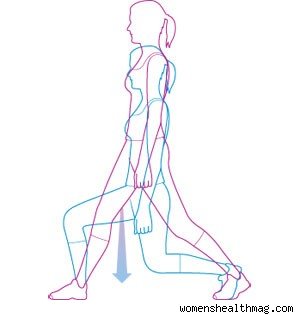
Hamstring Strains
Football, hockey and rugby are all team sports that are a great way of exercising and staying fit, but unfortunately are all played though the winter seasons when the temperature drops and if you’re not fit or properly warmed up makes you more susceptible to injuries, hamstring being one of the most common.
Hamstring strains are very common injuries that happen in many athletes, particularly sprinters, but also in stop start contact sports such as football, hockey and rugby. With a hamstring strain there will be a sudden onset of pain that will stop you in your tracks.
However having said this you can get mild hamstring strains can occur from the most simplest of activities, for example picking up an object without bending your knees, it puts ore strain on your lower back but also puts the hamstring under unnecessary tension.
Symptoms
– Swelling and bruising may occur after the acute onset of pain depending on the severity of the injury, the more swelling and bruising that is present the worse it tends to be.
– Sudden onset of pain
– Pain increasing with activity
– Reduced power though the affected leg
Anatomy
Arguably there’s 3 main muscles to the hamstring group itself; the semitendinosus, semimembranosus and the biceps femoris, all labelled in the above picture. Adductor magus comes under the adductor group, but has been argued to play more of a hamstring role. The muscle that is most likely to be pulled from this group of muscles is the biceps femoris, shown on the outside of the picture (Connell DA et al, 2004).
Factors increasing likelihood of hamstring injuries
– Inefficiency of adductor magnus and gluteus maximus, increasing load though hamstrings
– Over striding when running
– Anteriorly tilted pelvis (Caused by tight hip flexors), increases length of hamstring is constantly loaded under
– Weak Gluteus medius: Can be picked up on a running video from behind (hip drops the side that is weak), single leg dip is another good test to see if the hip drops
– Leg length discrepancy
– Sudden increase in training intensity, reduction in muscle fibres ability to withstand stress during the regeneration stage.
Preventative measures
– Eccentric loading of the hamstring muscles
– Working on core and glute strength 3 times weekly on top of the training of sport that you like, or if you’re not sporty, working on your core and glute strength to prevent day to day vulnerability to the hamstring like picking up heavy objects when moving or running to catch a train or bus.
– Gradual increase in intensity of training. If you’re an athlete making sure you maintain a base of fitness in the ‘off-season’
– Regeneration: swimming is great for this as non-weight bearing.
Examples of strengthening exercises
Single leg bridge
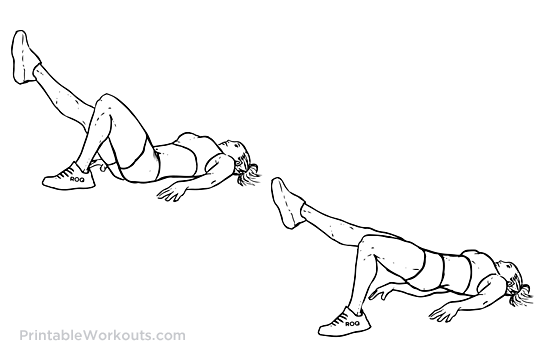
-Power to coming from glutes and hamstrings
-If too much initially start with double leg and progress onto single leg
-3×10 repetitions on each side
Split Squat
Eccentric hamstring loading in Prone
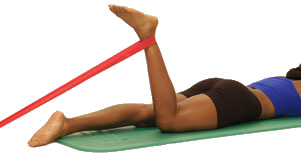
-bend the knee against the resistance and then slowly lower the ankle (counting to approx. 5 in head)
-Can be done with ankle weight is you don’t have theraband
-3×10 repetiotions
Clams
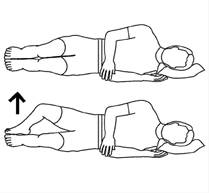
-In side lying with knees bent to 90, slowly lift the top knee and then lower back down.
– You want to feel the outside of your hip area working
– 3×10
– Add in a theraband to make it harder
Nordic hamstring curls: higher end athletes
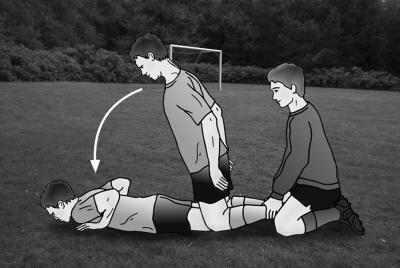
-Lower body to level that hamstring is able to tolerate and then catch self with hands at the end.
-The stringer the hamstring the lower you’ll be able to get your torso to the grounf before having to put hands out
– 3×10
These are just a few exercises that you can start to add into your gym program. If you have a gym partner or a team member that can join you it can add more of a fun element to rehab if recovering from an injury or prehab if just doing as a preventative.




